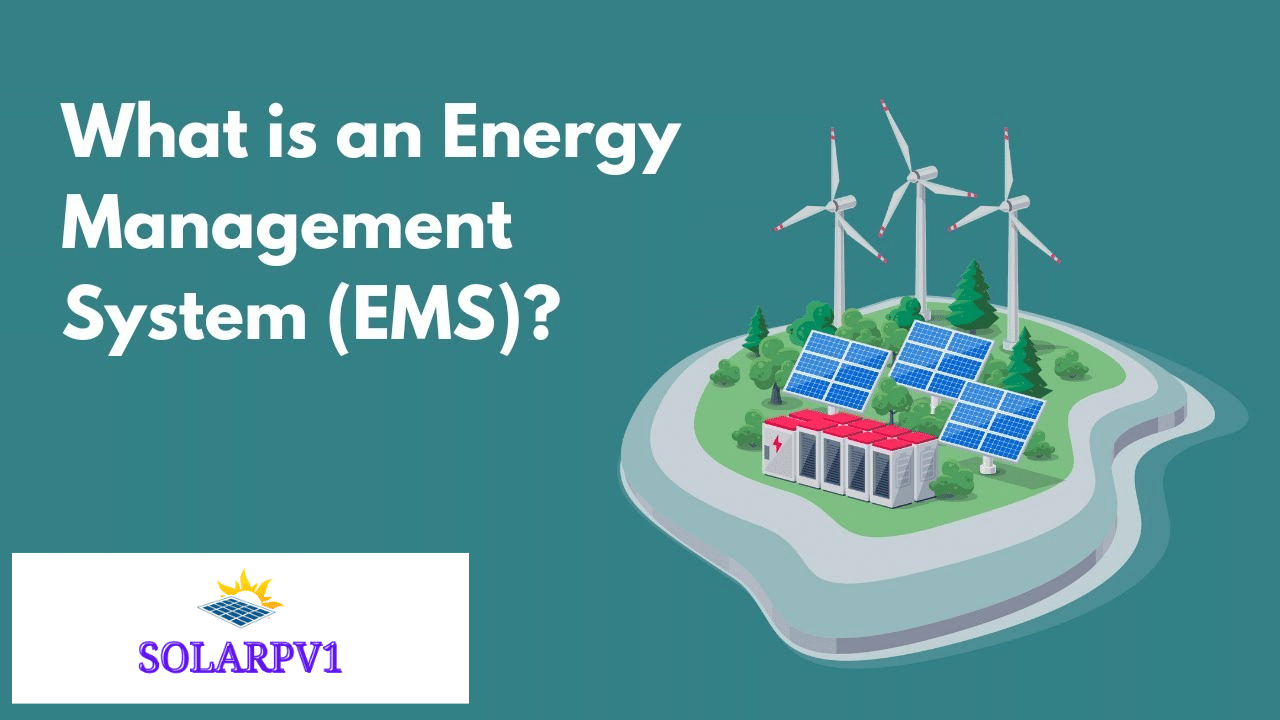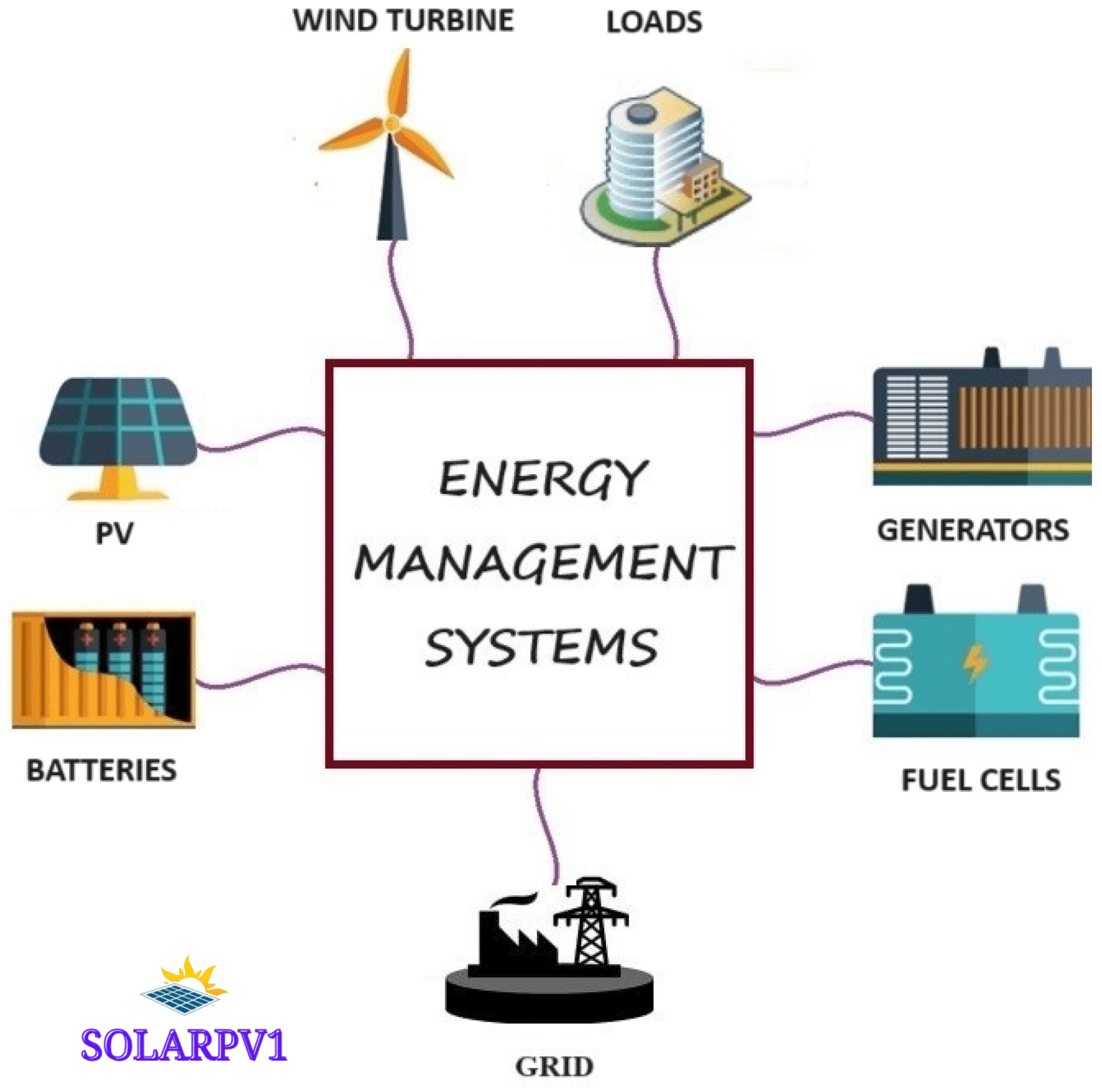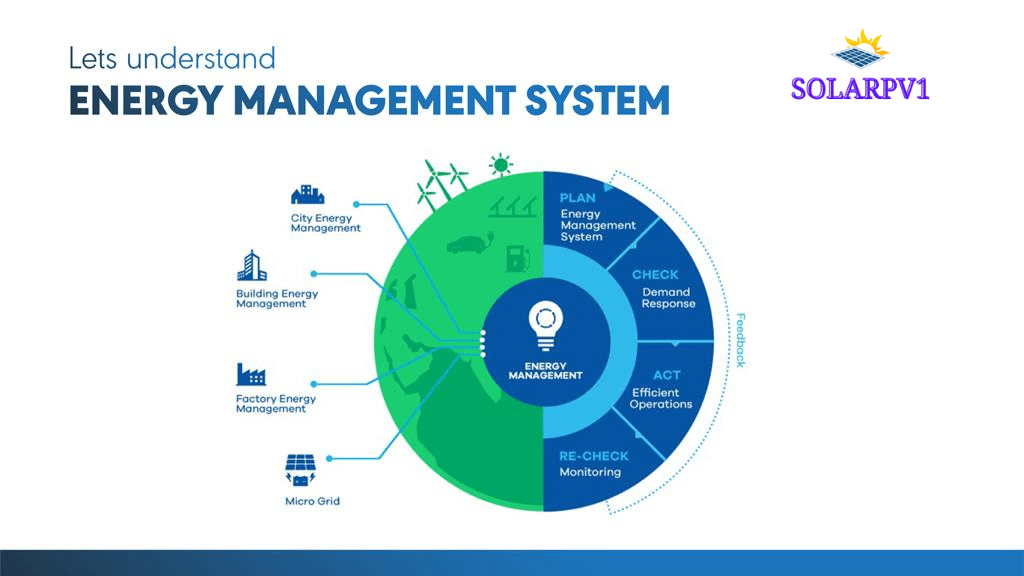Introduction to Energy Management Systems

An Energy Management System (EMS) is a strategic framework designed to monitor, control, and optimize energy consumption across various systems. In the context of Battery Energy Storage Systems (BESS), an EMS plays a crucial role in managing the interplay between energy generation, consumption, and storage. As the demand for cleaner and more efficient energy solutions continues to rise, the implementation of EMS in BESS has gained significant attention.
The primary purpose of an EMS is to enhance the efficiency of energy usage. By leveraging advanced algorithms and data analytics, an EMS can allocate energy resources in a manner that aligns supply with demand. This optimized allocation not only maximizes the effectiveness of energy storage systems but also contributes to the overall reduction of operational costs. In addition, EMS facilitates the integration of renewable energy sources, such as solar and wind, which are inherently variable. This characteristic underscores the importance of EMS as it continually adjusts and adapts to changing energy profiles, thereby ensuring stability and reliability in energy supply.
Key components of an Energy Management System include data acquisition systems, monitoring tools, and control algorithms that work in concert to achieve desired energy objectives. These components gather real-time information about energy consumption and generation, allowing operators to make informed decisions regarding energy dispatch and storage. Furthermore, the system’s reporting capabilities enable stakeholders to analyze performance metrics, leading to improved strategies for energy efficiency.
As we delve deeper into the intricacies of Energy Management Systems within Battery Energy Storage Systems, it is essential to understand their foundational role in optimizing energy utilization and promoting sustainable energy management practices. By exploring the various functionalities and benefits of EMS, this discussion aims to highlight its critical importance in the evolving energy landscape.
Components of an Energy Management System in BESS
- An Energy Management System (EMS) in Battery Energy Storage Systems (BESS) is composed of several critical components that work synergistically to ensure efficient operation and management of energy resources. Understanding these components is essential for grasping how energy management systems enhance performance and sustainability in energy storage applications.
- At the core of an EMS is the software, which serves as the platform for energy monitoring, control, and optimization. This software is designed to analyze real-time data from various sources, and it often incorporates advanced algorithms to predict energy demands and optimize storage utilization. Additionally, the software facilitates user interfaces for system operators, allowing them to make informed decisions about energy distribution and management.
- Hardware components play an equally significant role in BESS. Controllers are integral units that execute commands from the EMS software, regulating the charging and discharging processes of battery systems. Sensors provide critical data about the operational status of the batteries, such as temperature, voltage, and current levels. These sensors are vital for safety and efficiency, enabling the EMS to respond promptly to any abnormalities or potential risks.
- Another key element is the communication protocols that enable seamless interaction between the various constituents of the EMS. This includes protocols for data transmission between hardware devices and the central software system. Effective communication ensures that information flows timely and accurately, supporting real-time decision-making processes.
- Moreover, data analytics tools embedded within the EMS play an important role in evaluating historical performance data. This analysis helps in forecasting future trends and conducting performance assessments, allowing for continuous improvement in energy management strategies.
- Understanding these components reveals how they collectively contribute to the optimization of energy storage and usage within BESS, facilitating a more sustainable and efficient energy landscape.
Functions and Benefits of EMS in BESS
Energy Management Systems (EMS) play a pivotal role in the efficient operation of Battery Energy Storage Systems (BESS). The primary functions of an EMS in BESS include real-time monitoring, demand response, peak shaving, and the seamless integration of renewable energy sources. Real-time monitoring enables operators to track the performance of the energy storage system continuously. This capability is crucial for assessing battery health, ensuring optimal operational conditions, and enabling timely maintenance actions, thus prolonging the lifespan of the energy storage assets.

Demand response functionalities are vital as they allow energy consumers to adjust their electricity usage based on the supply conditions. By effectively managing energy consumption, EMS can help stabilize demand on the power grid, particularly during peak usage times. Peak shaving is another essential function of the EMS, where energy storage systems discharge electricity during periods of peak demand. This strategy not only aids in reducing strain on the grid but also yields cost benefits by lowering electricity bills for both commercial and residential consumers.
Moreover, EMS facilitates the integration of renewable energy sources, such as solar and wind, into the existing energy infrastructure. By aligning energy storage capabilities with renewable generation, EMS can optimize energy usage by storing excess energy generated during peak production times and dispatching it when needed. As a result, this operational synergy contributes to the overall reliability and stability of the power grid.
The benefits of implementing an EMS in BESS are manifold. Organizations can achieve significant cost savings through the efficient management of energy resources, resulting in lower operational expenses. Additionally, the reliability and stability provided by effective energy management enhance sustainability practices, particularly in reducing reliance on fossil fuels. Thus, adopting EMS in BESS not only supports operational efficiency but also advances energy resilience and environmental stewardship in the long term.
Challenges and Future Directions in EMS for BESS
Energy Management Systems (EMS) are crucial for optimizing the performance of Battery Energy Storage Systems (BESS); however, several challenges must be overcome to maximize their potential. One prominent issue is the technological limitations associated with the integration and functionality of these systems. Current EMS technologies often struggle with real-time monitoring and data processing capabilities, which can hinder their efficiency. Moreover, the rapid advancement in battery technologies necessitates continuous updates and adaptations to existing EMS frameworks, increasing costs and complexities for stakeholders.
Integration with existing infrastructures presents another significant challenge. Many BESS projects are implemented within varying degrees of legacy systems, making seamless integration a complex task. This disjunction may lead to inefficiencies and underperformance in the overall energy management process. Additionally, interfacing with diverse energy sources and loads—each with its unique operational requirements—complicates the standardization of EMS across different applications.

Regulatory hurdles further complicate the adoption of effective EMS within BESS. Differing regulations across regions can inhibit the widespread implementation of innovative solutions. Stakeholders must navigate a labyrinth of policies and compliance requirements that may impede progress in deploying advanced EMS technologies.
Looking towards the future, advancements in technology promise to address many of these challenges. For instance, the integration of artificial intelligence (AI) and machine learning (ML) within EMS can enhance data analytics, predict energy demands, and optimize energy dispatch. Policy changes that promote innovation and standardization can also facilitate the adoption of more sophisticated energy management solutions. In this evolving landscape, embracing these advancements will be crucial for the ongoing development and success of Energy Management Systems in Battery Energy Storage Systems.
